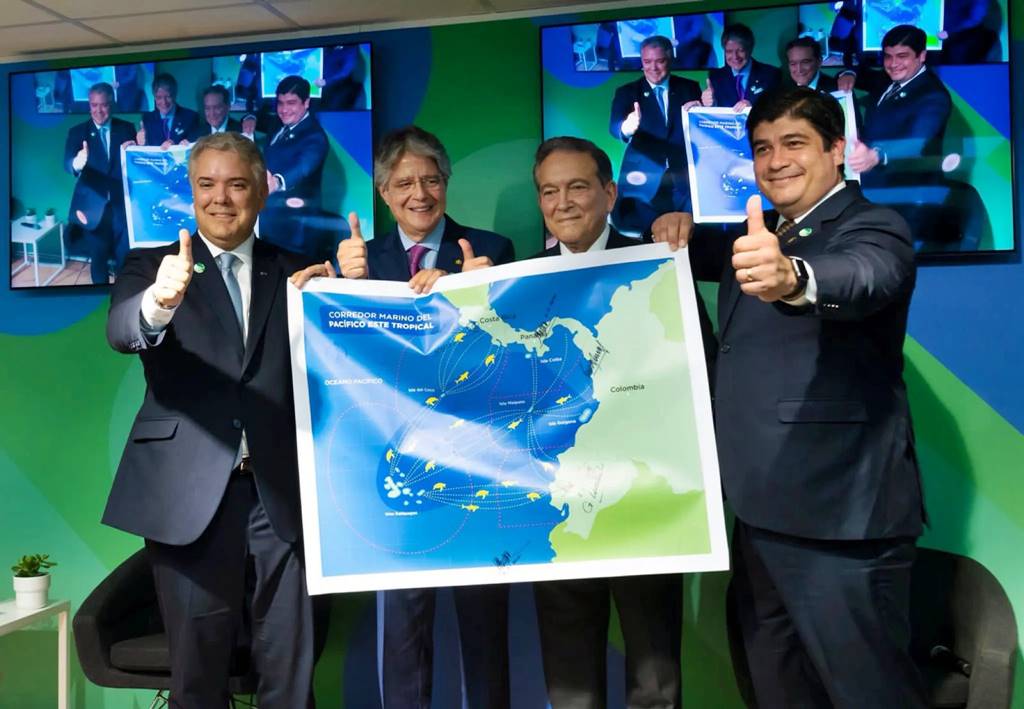RIO DE JANEIRO, BRAZIL – Colombian President Iván Duque announced Monday that Colombia will have 30% of its marine areas protected in the coming days, thus advancing the goal set for 2030 and becoming the first country in the Western Hemisphere to achieve this goal.
“We are not going to wait until 2030,” he said during his speech at the plenary session of the Second UN Ocean Conference that began on Monday in Lisbon, where he noted that “a few days ago” the Colombian Academy of Sciences approved four new protected areas.
With this approval, “in the next few days,” 30% of Colombia’s marine areas will be protected, said the president of the Andean country, who called it a “historical fact”.

“Colombia continues its commitment to the oceans by being the first country in the western hemisphere to decree 30% of its marine areas as conserved areas,” he said.
Specifically, 16 million hectares of marine protected areas will be added -double the current number- of which 9 million will be “no-take” without extractive activities.
Duque defended that declaring protected areas is a way to confront the “destruction” suffered by marine biodiversity and “show fishing communities and nations that there can be additional sources of income”.
“If we do it before 2030 and find justification and funding for fishermen, and give them the mindset of being conservers of those protected areas, we will be moving quickly in fulfilling this Sustainable Development Goal number 14,” he insisted.
The president also recalled that they had joined Ecuador, Panama, and Costa Rica to constitute the “largest marine protected area on the planet,” with the reserves of Malpelo and Yurupari, Galapagos, Coiba, and Cocos.
“That conjunction, today is known as the Brotherhood area and is not only powerful because of its size, but also because we have managed to mobilize resources from global philanthropy,” he said.
Sustainable Development Goal 14 of the United Nations 2030 Agenda seeks the conservation and sustainable use of oceans, seas, and marine resources and is at the center of the Conference that began on Monday in Lisbon.
The meeting is considered an essential forum for negotiations that seek to establish the protection of at least 30% of the oceans by 2030.
With information from EFE

